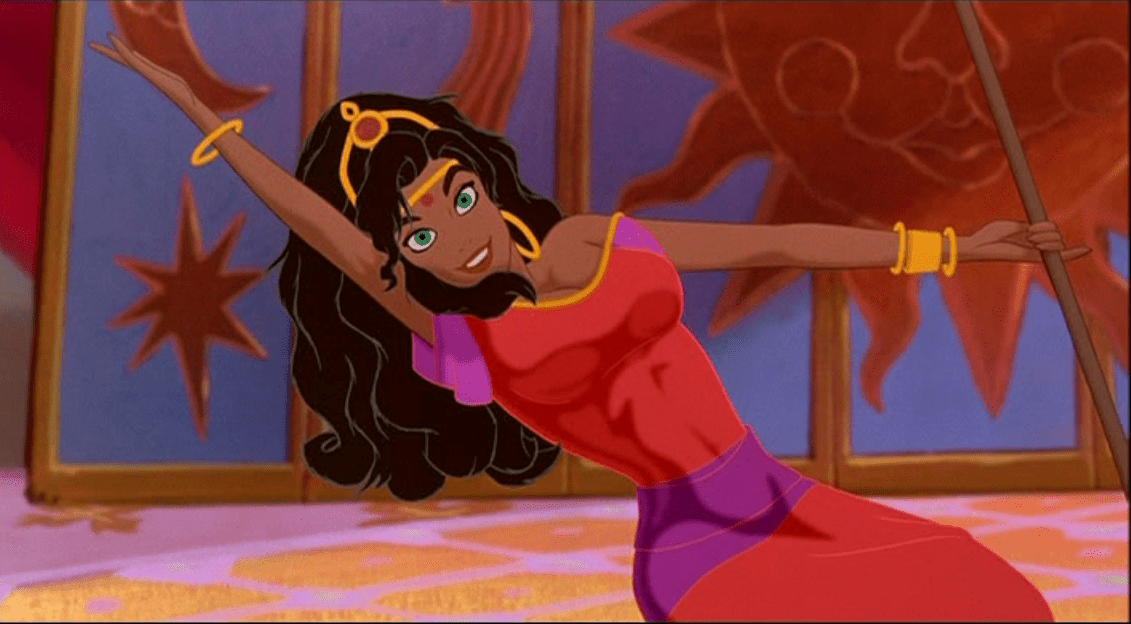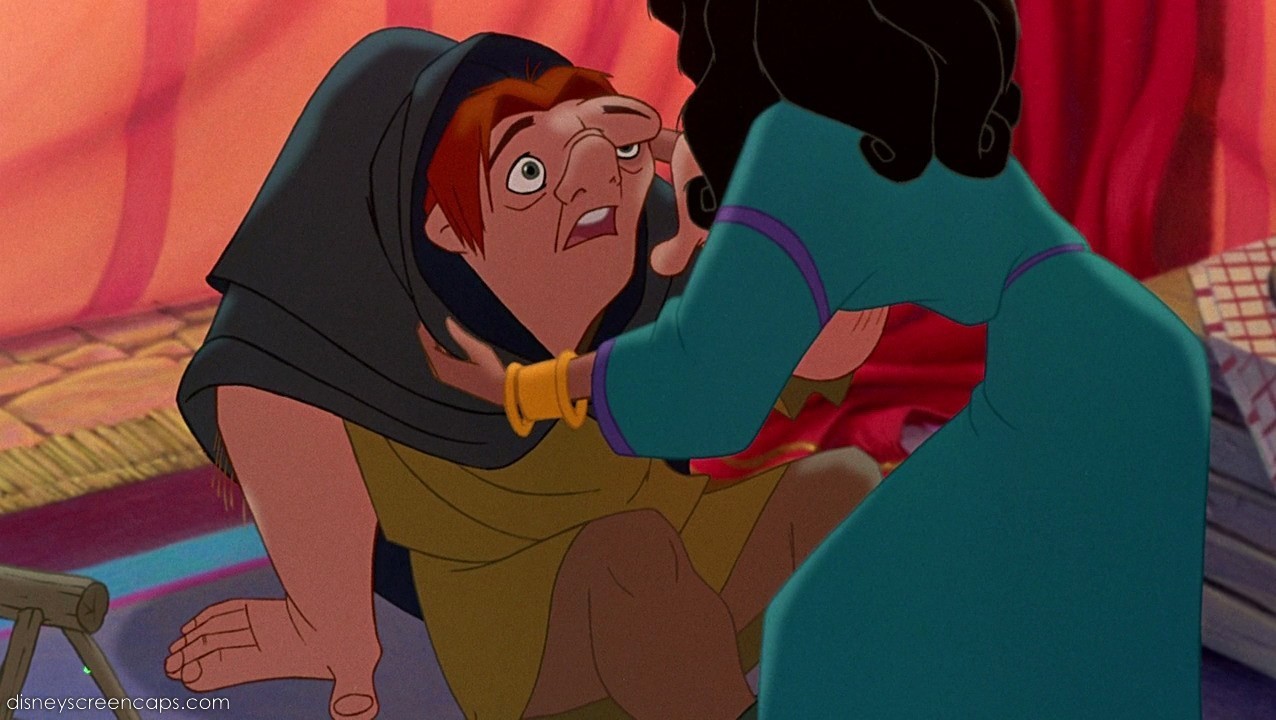Who Does Esmeralda End Up With

For generations, viewers of Victor Hugo’s masterpiece, The Hunchback of Notre Dame, have debated a single, burning question: who does Esmeralda, the captivating Romani dancer, truly end up with? Her tragic fate has cemented her as a symbol of injustice and beauty, but her romantic leanings remain a point of intense discussion and often, misinterpretation.
This article delves into the complex web of relationships surrounding Esmeralda, examining the motivations of her three primary suitors – the tormented Quasimodo, the dashing Captain Phoebus, and the zealous Archdeacon Frollo – and ultimately, analyzes whether any of them truly "ended up" with her in a meaningful sense. While the novel offers no fairytale ending, understanding Esmeralda's agency, or lack thereof, within her circumstances is crucial to appreciating the novel's deeper themes of societal prejudice, obsession, and sacrifice. We'll explore interpretations of the novel and its various adaptations to understand the core of this enduring question.
The Allure of Esmeralda: A Catalyst for Obsession
Esmeralda's beauty is undeniable. She represents a freedom and vibrancy that starkly contrasts with the oppressive atmosphere of 15th-century Paris.
Her character's charm stems not just from her physical appearance but also from her inherent goodness and empathy, traits that draw both admiration and, tragically, unwanted attention.
Quasimodo: Unrequited Devotion
Quasimodo, the deformed bell-ringer of Notre Dame, is perhaps the most sympathetic figure in the novel.
His love for Esmeralda is pure and selfless, born from gratitude for her act of kindness when she offered him water after he was publicly flogged.
This act of compassion ignites a profound devotion, driving him to protect her at all costs. He embodies loyalty and selflessness, despite his physical appearance.
However, Esmeralda never reciprocates his romantic feelings.
Her affection for him is more akin to pity and gratitude than genuine love, further emphasizing the tragedy of their situation. His love remained unrequited, yet powerful.
Captain Phoebus: Fleeting Infatuation
Captain Phoebus de Châteaupers represents worldly charm and social standing. Esmeralda becomes utterly infatuated with him.
He, however, is merely captivated by her beauty, viewing her as a passing amusement, a conquest to be added to his list.
His interest in her is purely superficial, lacking any genuine emotional depth or commitment. He embodies the dangers of shallow attraction and societal expectations.
His betrayal of Esmeralda is a pivotal moment in the novel, highlighting the devastating consequences of her naivety and misplaced trust.
His engagement to another woman solidifies his lack of true affection for the dancer. He is not a reliable partner for her.
Archdeacon Frollo: Twisted Obsession
Archdeacon Claude Frollo is the most complex and destructive of Esmeralda's admirers.
Torn between his religious vows and his burgeoning lust for the young Romani woman, he becomes consumed by a dark, obsessive passion.
His unrequited desire warps into a twisted form of hatred, leading him to commit acts of violence and betrayal in a desperate attempt to possess her. He symbolizes the corrupting power of repressed desires.
Frollo's actions are driven by a perversion of religious piety. He believes his actions are justifiable.
His ultimate downfall and destruction of Esmeralda is his most memorable act.
The Tragic Reality: No Happy Ending
Ultimately, Esmeralda does not "end up" with any of her suitors in a fulfilling or consensual way.
She is a victim of circumstance, caught in a web of conflicting desires and societal prejudices that ultimately lead to her execution.
Her death symbolizes the tragic consequences of societal injustice and the exploitation of vulnerable individuals.
"The novel does not offer a romantic resolution; instead, it serves as a stark commentary on the destructive forces of obsession and the indifference of society towards those deemed 'different'." - Victor Hugo, via textual analysis
Interpretations and Adaptations: A Shifting Narrative
While Hugo's original novel offers a bleak perspective, various adaptations have attempted to offer alternative interpretations of Esmeralda's fate.
Some portrayals emphasize Quasimodo's heroic efforts to save her, suggesting a deeper emotional connection between them.
Others soften Phoebus's character, depicting him as a flawed but ultimately redeemable figure. But generally these adaptations miss the key point of injustice.
However, these reinterpretations often gloss over the novel's complex themes, sacrificing nuance for the sake of a more palatable narrative.
Even the Disney animated version drastically alters the ending, offering a simplistic and arguably misleading portrayal of the story's core message. The Disney version is a significant departure from the source material.
Conclusion: A Legacy of Unresolved Desire
The question of who Esmeralda "ends up with" is ultimately unanswerable within the context of Hugo's novel. Her story is not a romance but a tragedy, a powerful indictment of societal injustice and the destructive consequences of unchecked desire.
Instead of focusing on a romantic resolution, the novel compels us to consider the systemic forces that contribute to her downfall. The story reminds us of the impact of societal biases and personal choices.
Esmeralda's legacy lies not in her romantic choices, but in her enduring symbol of resilience and her embodiment of beauty and compassion in the face of cruelty. Her character stands as a reminder of social injustices.
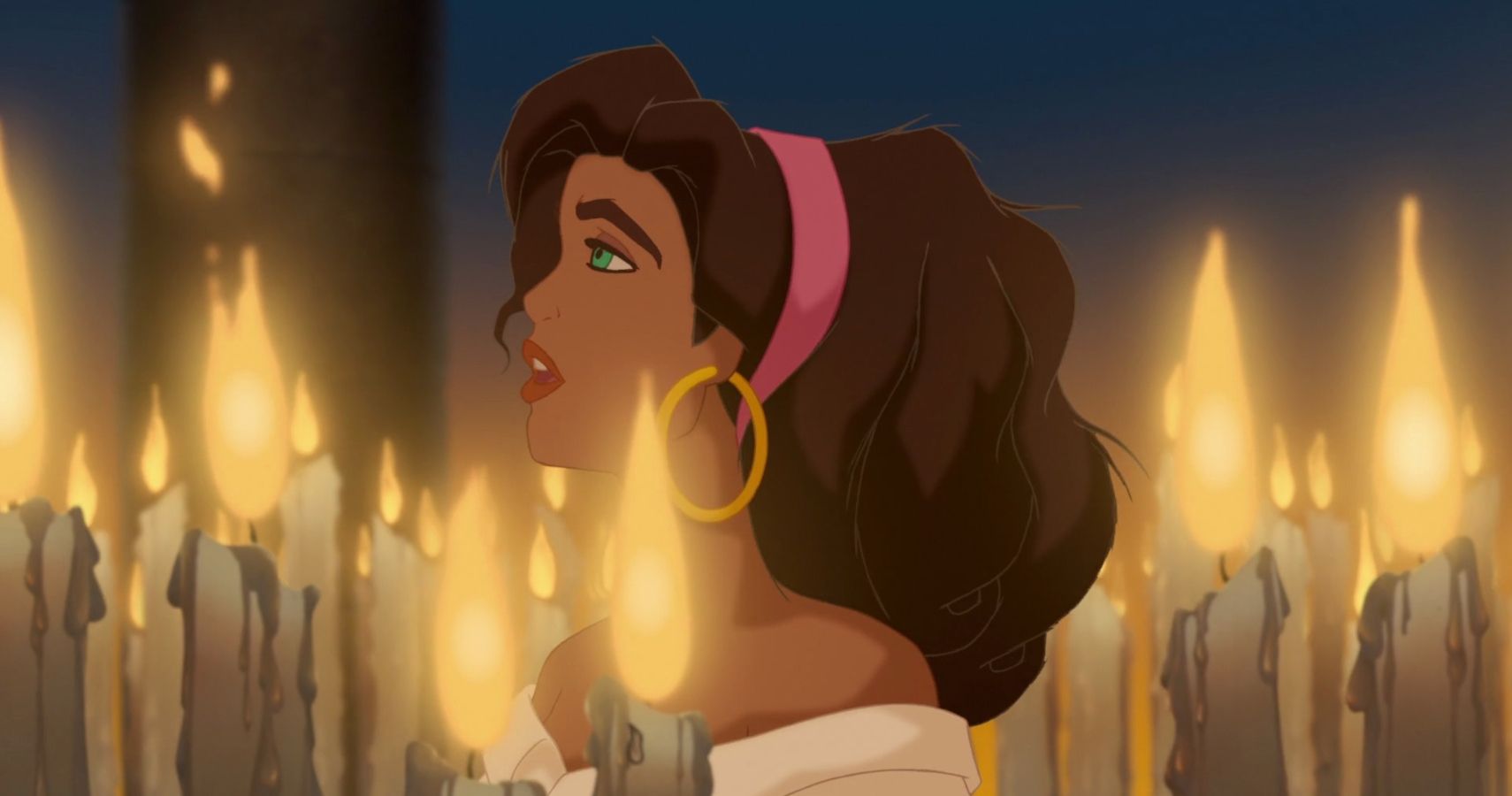
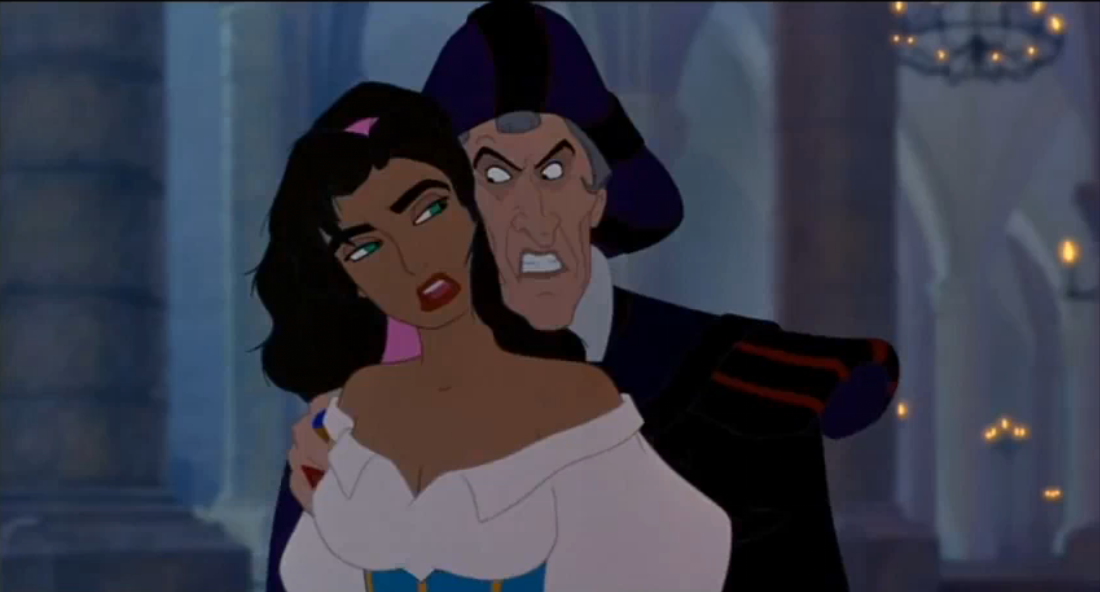





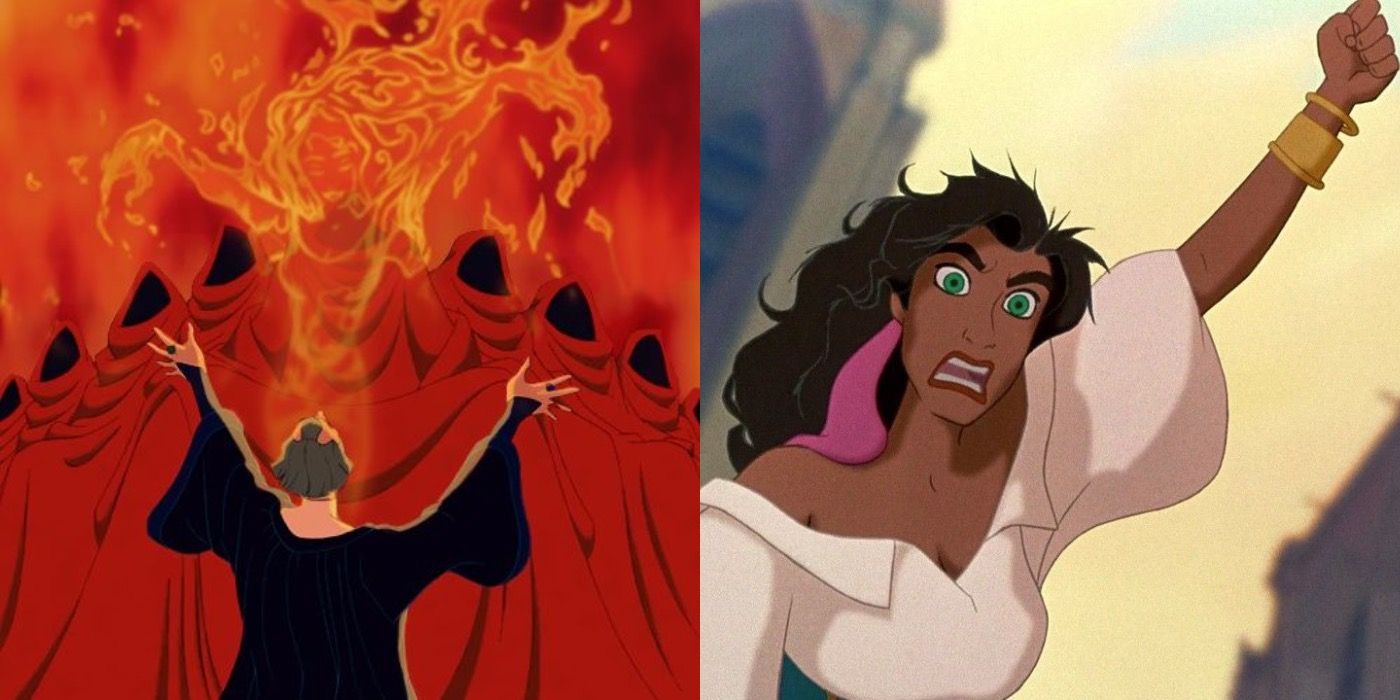




-3.jpg)


